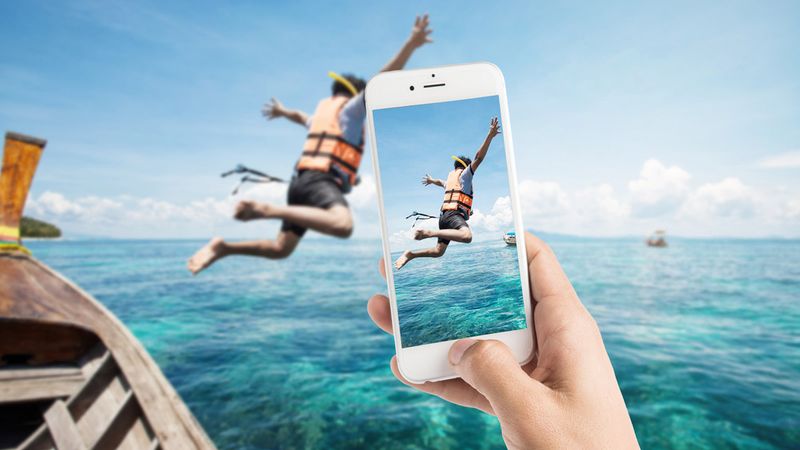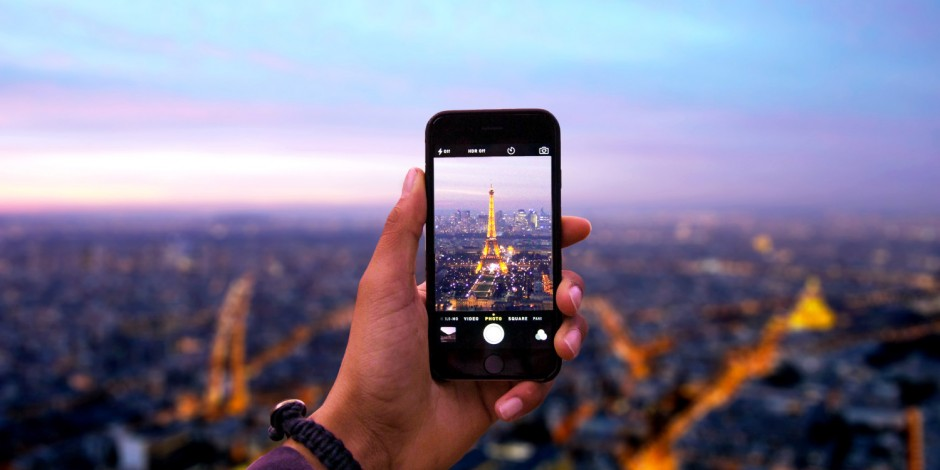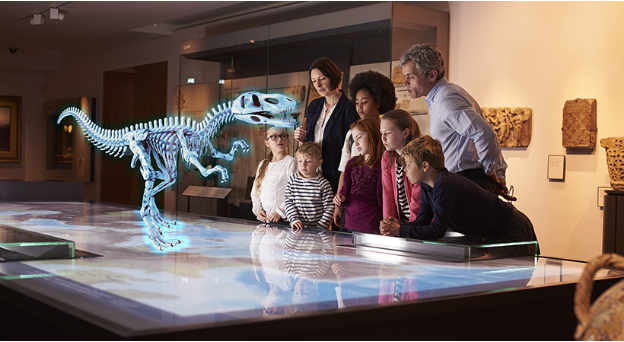The Potential of Influencer Marketing and VR
Angela Hassassian
May 28, 2019 - 6 min read

In previous posts, we discussed the steppings stones in building a brand and marketing for travel industry professionals. Today, we are going to delve deeper into two specific aspects of marketing, utilizing the power of influencers via Influencer Marketing and taking advantage of innovative technologies such as Virtual Reality. When it comes to digital marketing, regardless of the sector, you really need to use all the tools and methods at your disposal to keep up with the ever-evolving pace of consumer trends. Keeping this in mind, we are going to delve deeper into two vital tools that ought to be considered as part of your marketing strategy arsenal.
Users = Partners
The first it is important that you recognize that your user base is also one of your greatest resources in the digital age. Your users are your allies, your partners, your advocates. If you win them over, they will promote your business, your products and/or services. Play your cards right and you will no longer be the only one generating content for your brand. Consider using the content that is created by your consumer base and incorporating it into your marketing strategy. The most basic form of this, which takes very little effort on your part is user reviews. User reviews are one of the most powerful tools at your disposal. It has been discussed in the past that consumers are heavily influenced by their peers. It should come as no surprise that 95% of travelers read travel reviews before clicking the button to book. It goes without saying that there is something invaluable about a good review, as consumer opinions posted online are the best kind of advertisement you could possibly have. And while user reviews do an impeccable job at increasing confidence in your brand, product and series, but user-generated content in general work towards boosting your website rankings and therefore, your conversion rates.
The next step is to capitalize on the power of social media. Your consumers’ input doesn’t just end with writing reviews. If they have an enjoyable (or downright horrible) experience with you, you can be sure they will be posting about it across social media. This is especially true for any kind of travel experience they will be happening. This gives you a chance to leave an impression and tap into their large online network fo friends. It is your goal to take this opportunity and use it to your advantage. Let’s take a look at some case examples.
Travelex
In 2017, Travelex, a money exchange company, held a series of “monthly contests,” asking their users to submit their travel photos for a chance to win a selection of prizes. The photos were then used to create an engaging social wall, showcasing the curated user-generated content, which also doubled down as a form of inspiration for other consumers. This generated continuous engagement. The brand made use of various social media platforms including Instagram, Twitter and of course its own website, thereby increasing their visibility.
Qatar Airways
A different kind of competition was organized by Qatar Airways, which was also eager to increase page growth, up user engagement, develop brand loyalty and gain network exposure. They did this by offering 100 worldwide destinations, giving users a chance to travel on Qatar Airways by answering questions on their Page, and making use of clues from videos. As you can see, they opted to offer valuable prizes that were directly tied to their brand and identity.
Hilton
The Hilton decided to take a totally different approach to increase user-generated content and overall engagement with their customer base. In their case, they decided to make use of Twitter to connect to and have open conversations with their consumers. Basically, they digitized a concierge-type service which is typical to their brand. Using the twitter handle @HiltonSuggests, Hilton staff members will twee suggestions about just about anything that will interest travelers from all over the world. The key here is that they work to keep things as authentic as possible, by giving real employees free rein to give consumers suggestions, drawing from their own personal experiences and knowledge.
A New Social Experience
One way to keep ahead of the curve is to think innovatively. We’ve established that consumers are strongly guided by the suggestions of their peers. We’re also aware of how connected the world is thanks to technology, the internet, social media etc. If we pay attention to trends then we are also aware of how VR technology is on the rise and is making its way into the travel industry market. It only makes logical sense then to combine the power of VR with influencer marketing, paving the way for Social VR User-Generated Content. The 360 Stories platform strikes just the right balance for allowing users to create their own content, share their experiences, so to speak, give their reviews, by telling their stories. These stories are accessible in different ways, most notably being in VR. Virtual Reality is known for enhancing storytelling, by giving the ability to bring experiences to life. That is why it makes sense for industry professionals to be present, active, and seen on this platform.
Another point to keep in mind is that marketers need to keep the conversation going. You must strive to continuously engage with your consumer base in ways that consistently provide value. Feel free to use inspirational content to keep the relationship strong. Your goal is not only to get new customers but to keep the old ones around, so make sure that your content reflects that. We know for a fact that people who know and like your brand will be more receptive to any messages you give in the future. Make sure that there is a constant flow of interaction from all angles, making use of your own original content, inspirational content of others, and possibly most importantly, user-generated content from platforms all across the board. Your goal is to be seen!


